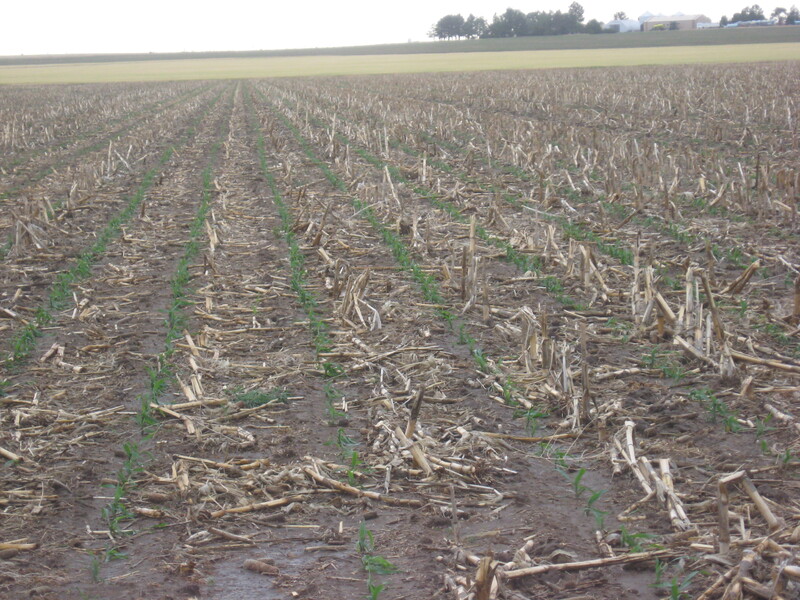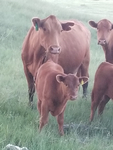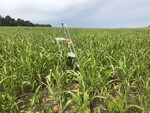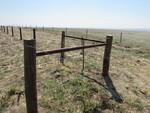Posted date: Jun 10, 2021
by: Admin My Local Life
570 Views
No-Till farming is limiting soil disturbance to keep plant residue on the soil surface all year. Also, good, healthy soil structure is maintained year around. The No-Till farming practice applies to all cropland.

Advantages of No-Till farming include reduced soil erosion caused by wind and water. Soil not tilled is less compacted resulting in better soil structure. Time is saved when several tillage passes are eliminated saving both time and money. Soil contains more moisture at planting resulting in more uniform crop stands. Soils remain healthier resulting in higher organic matter content and higher crop yields. Disadvantages could be cost of No-Till equipment and possible increased use of herbicides.
The following are benefits of No-Till farming:
Reduced sheet, rill and wind erosion
Increase in soil health and organic matter content
Increased plant available moisture
Reduced energy use
Provide food and escape cover for wildlife
General criteria for No-Till farming:
Crop residues shall not be burned
Distribute crop residue uniformly over the entire field
Maintain 10 to 15 inches of crop stubble to trap snow
Keep a minimum of 60 per cent residue cover on soil surface all year
No full width soil disturbance during strip-tilling and planting
Another wildlife benefit is leaving a few rows of un-harvested crop near field edges or adjacent to permanent cover.
Here is a list of the Benefits of No-Till farming:
Lower fuel and labor costs
Higher crop yields
Less erosion
Fewer passes across the field
Less evaporation of soil moisture
Increased water infiltration
More fertile soil
More resilient soils
High soil quality and productivity
In summary, the following result in Farmland Sustainability:
Rotate crops, embrace diversity
Plant cover crops
Reduce or eliminate tillage
Adopt "Agro-Forestry" practices for wildlife benefits
Manage the whole system and "landscapes"
Diversify
If you are interested in assistance with planning your project, please contact your local NRCS office.








